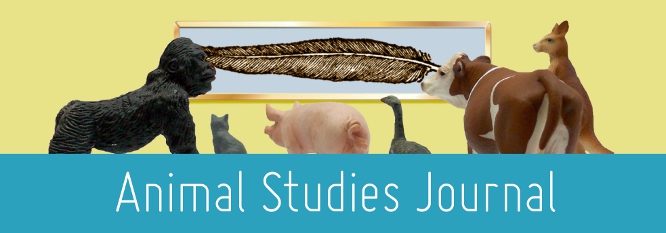Home > assh > ASJ > Vol. 10 (2021) > No. 2

Abstract
This essay tells the story of the authors’ relationship with a rescued marsupial raised from a baby in Aotearoa New Zealand, in sections interspersed with an account of this species’ history in our country. This animal belongs to a species designated a noxious pest here, a population subject to an especially sustained, thorough, and popularly-supported campaign of vilification and destruction, even by the standards that apply in New Zealand, where the dominant environmental ideology is very intensely focussed on eradication of introduced species. So in deciding to take responsibility for this creature, the authors committed to keeping her both hidden and captive. This raises some intractable questions: is it in this animal’s best interests to be enclosed, or should she be allowed to take her chances on the roads and amongst the traps and poison? how can her captors offer her the best life? what relationship should they have with her? The essay also describes the intimate relationship the two authors have developed with this animal, through nightly interaction, and touches on some of the phenomenological questions she presents: what might it be like to be an arboreal, nocturnal, marsupial mammal instead of a terrestrial, diurnal, placental one? What might it be like to have four legs (or perhaps five, if we count the extraordinary prehensile tail) that are simultaneously arms, rather than two arms and two legs? In New Zealand the overwhelming hostility to this species makes it nearly impossible to recognize or consider its members as living sentient beings. Our primary aim in this essay, therefore, is to convey as directly as possible the emotional and physical experience of being in relationship with this particular animal, while succinctly situating that experience within a relevant environmental context. We didn’t want to use this animal’s story merely as a pretext for exploring larger histories or topics in human-animal studies. For this reason we have chosen the genre of creative nonfiction, and refrained from engaging with discussions by human-animal studies scholars that would be required in a research article.
Recommended Citation
Armstrong, Philip and Potts, Annie, Persona Non Grata, Animal Studies Journal, 10(2), 2021, 1-18.Available at:https://ro.uow.edu.au/asj/vol10/iss2/2

